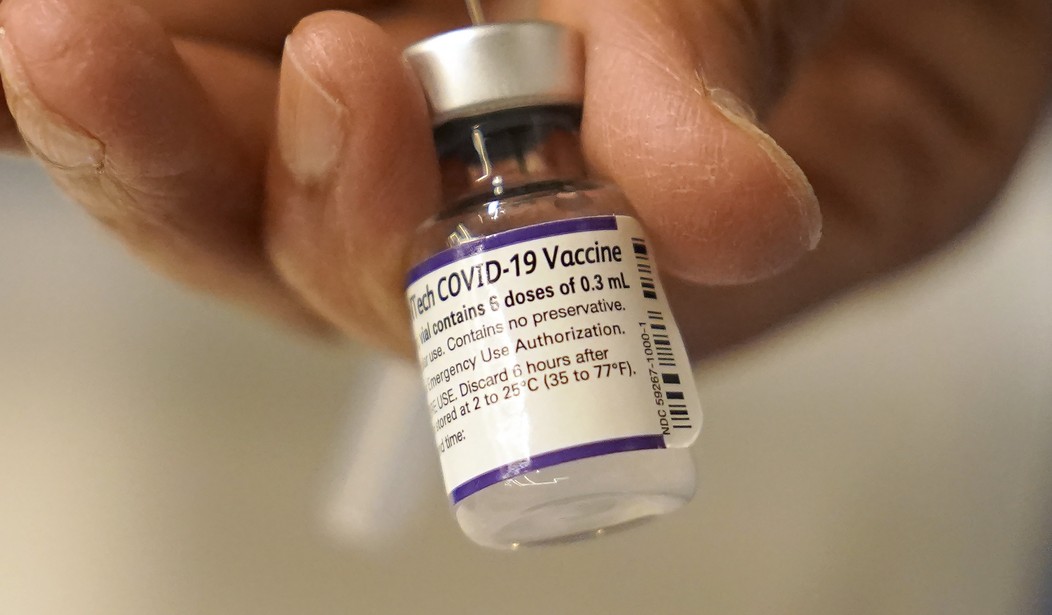Top News
Pfizer Records Losses as Popularity of COVID Products Plummets

In many ways, the COVID pandemic was probably the best thing to happen to Pfizer in the history of the company. From the start of the pandemic in 2020 through last year, profits were skyrocketing as people lined up for their vaccines and other medical “advancements.” Not only was the American government forcing people to take their products, but the taxpayers were funding all of their research and testing. It was the closest thing to a sure bet you’d ever want to see. But as the saying goes, that was then and this is now. People are steering clear of COVID vaccines and antiviral treatments, and the company recorded its first net loss in five years. Cue the world’s tiniest violin. (Yahoo Finance)
Pfizer on Tuesday reported its first quarterly loss since 2019, as demand fell for its COVID products and it recorded a hefty charge mainly from the U.S. government returning millions of doses of its antiviral treatment Paxlovid. The company recorded a $5.6 billion charge in the third quarter related to Paxlovid and vaccine Comirnaty, most of which was disclosed earlier this month. Pfizer also said the experimental messenger-RNA influenza vaccine it was developing met both its primary goals in a late-stage study in 18- to 64-year olds. It said the vaccine hit secondary immunogenicity goals for influenza A strains, but not B strains of the virus.
Sales of the COVID-19 pill and the vaccine it makes with German partner BioNTech SE had boosted Pfizer’s revenue to record levels in the last two years. However, annual vaccination rates have dropped sharply and demand for treatments has dipped as population-wide immunity has increased.
We had already known that very few people have been volunteering to take the latest COVID booster shot. Fewer than two percent of Americans have had the latest booster. That’s down from 17% the previous year and more than 50% the year before that. And now that the government isn’t paying for them anymore (with your tax money, by the way), there’s even less incentive to do so.
What I hadn’t considered was the cost the company has been incurring due to charges on returned, unused products. Plenty of vaccines have been left uninjected, but they’re taking an even bigger hit on the antiviral treatment Paxlovid. They’ve had to absorb more than five billion dollars in charges for that combination of products. That’s a major hit even for a company the size of Pfizer.
There was another bit of information slipped into the excerpt above that you may want to keep an eye on. In addition to the Operation Warp Speed COVID vaccines that Pfizer has been pumping out, they’ve simultaneously been working on a new mRNA version of their influenza vaccine, and now it has also received preliminary approval.
If, like me, you have questions or concerns over that technology, you’ll want to be aware of that. Last week my wife and I went to get our fall vaccinations, but I had seen a report on CNN describing how some health providers were already experimenting with vaccines that combined both the flu shot and the COVID shot together. And they said that there were multiple types of flu shots available.
My wife was there for all of the vaccines while I only requested a flu shot. Before sitting down, I asked the doctor if the vaccines were mixed and whether the flu vaccine they were using was a traditional one or a new mRNA variety. I was informed that the vaccines were not mixed and they were using an inactive virus strain vax for the flu, so I went ahead and got it. But since the season is upon us, if you are heading out for the same reason, you might want to take a moment and check with your doctor or pharmacist also.
Read the full article here


















